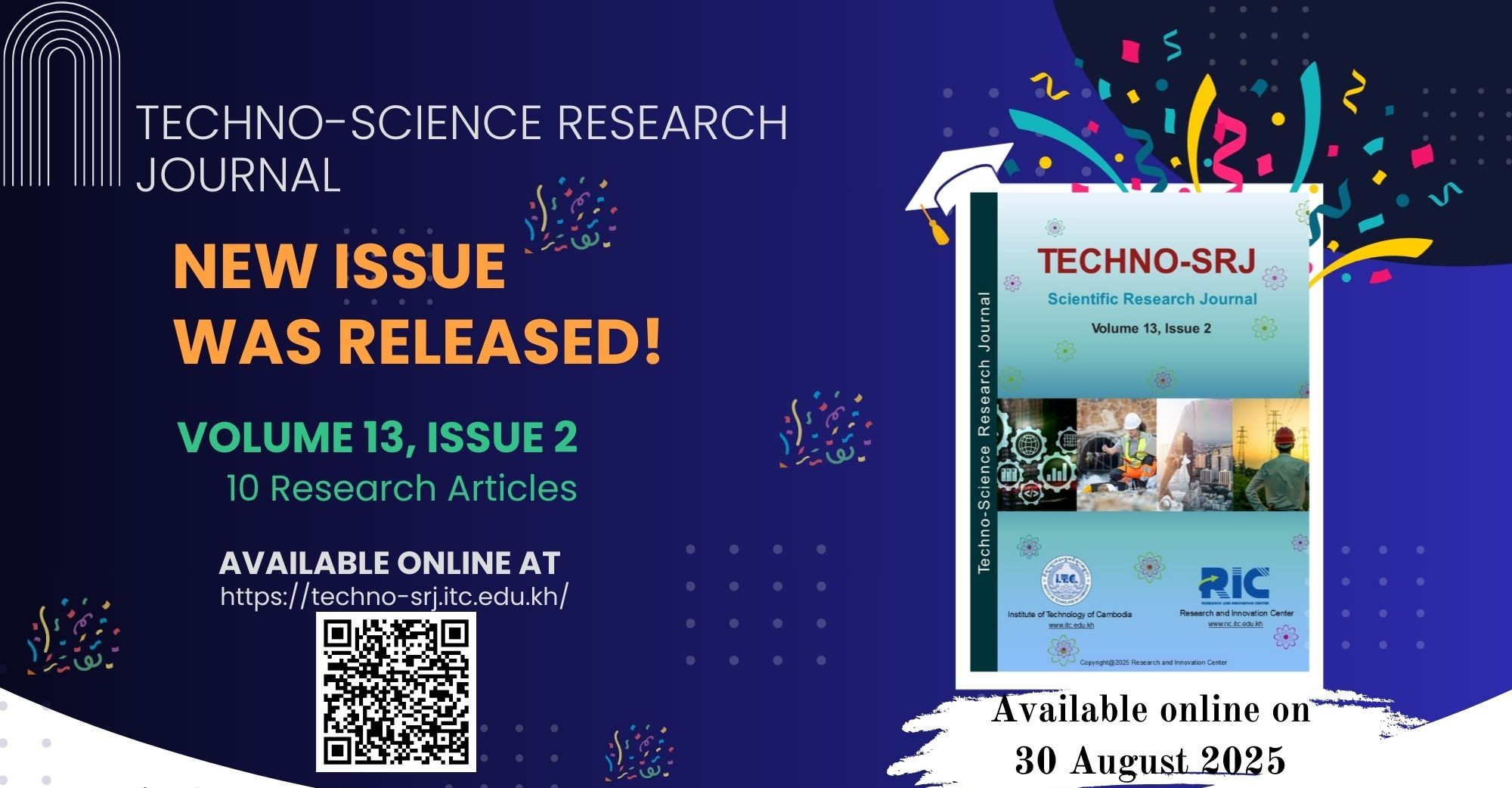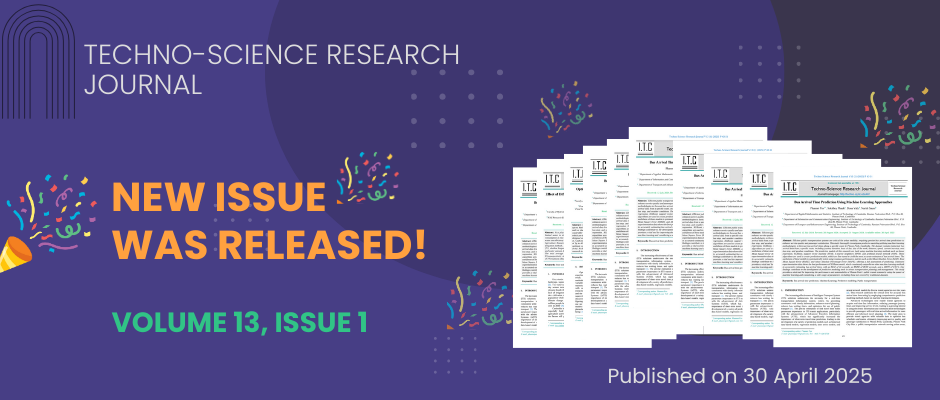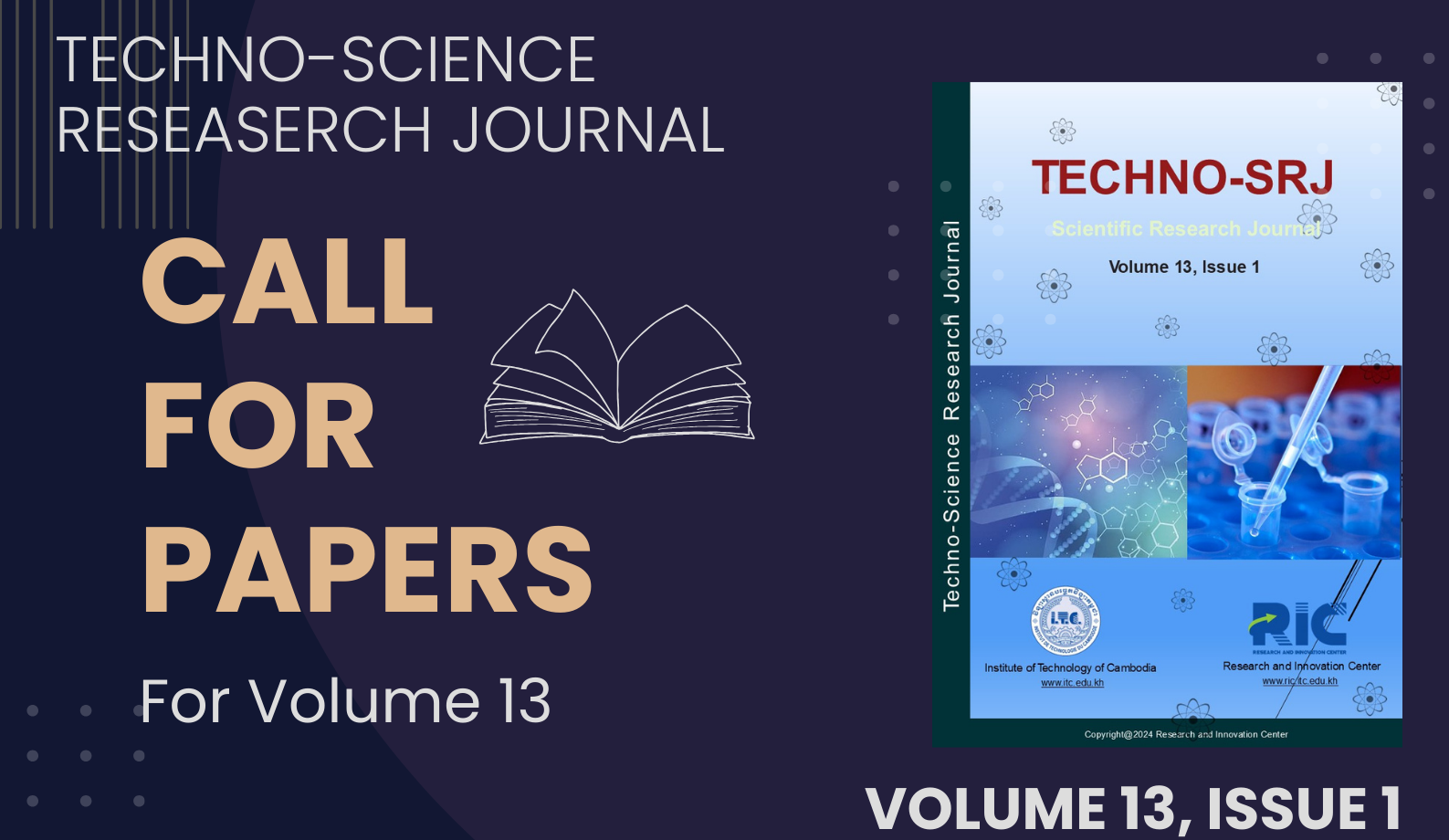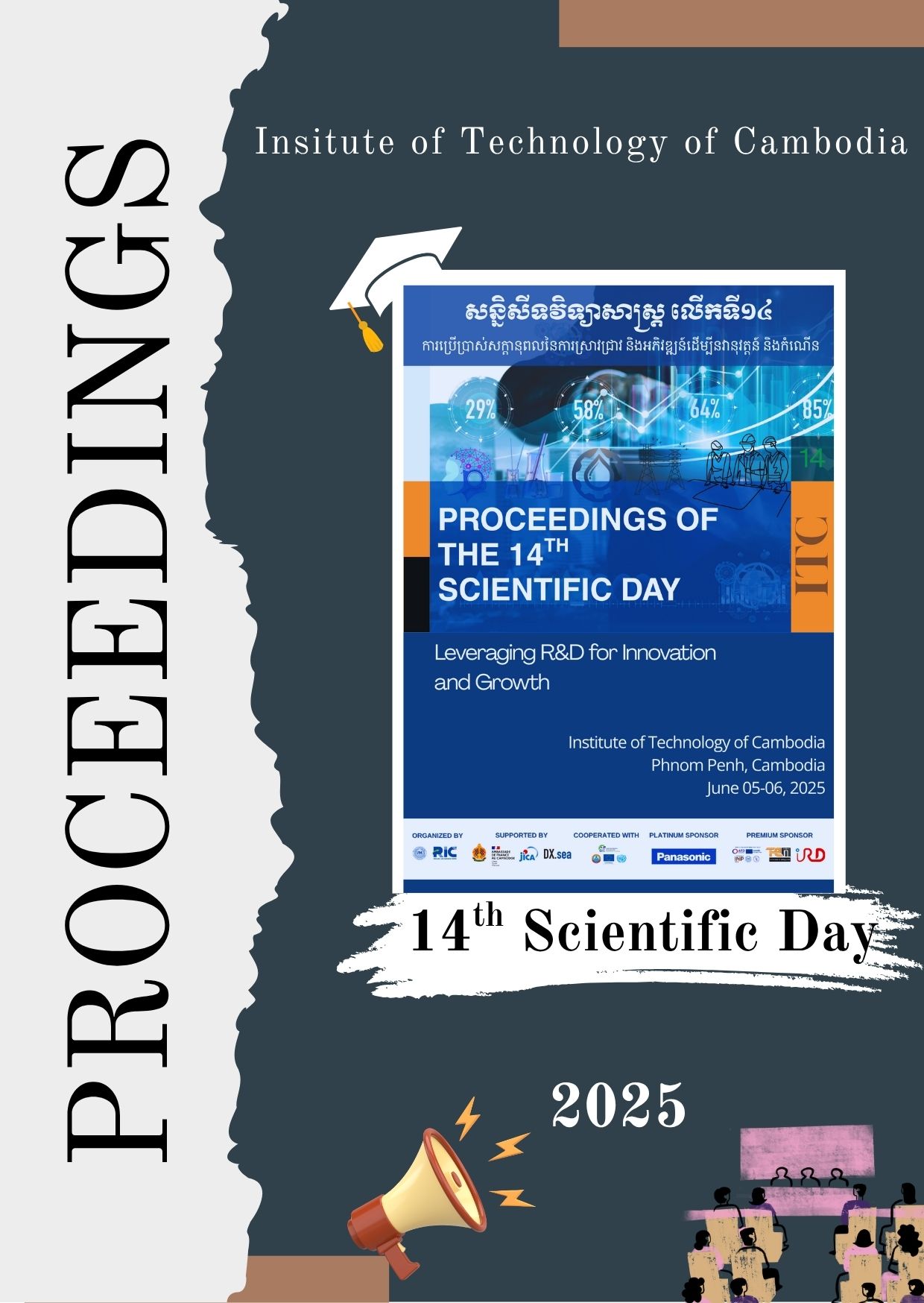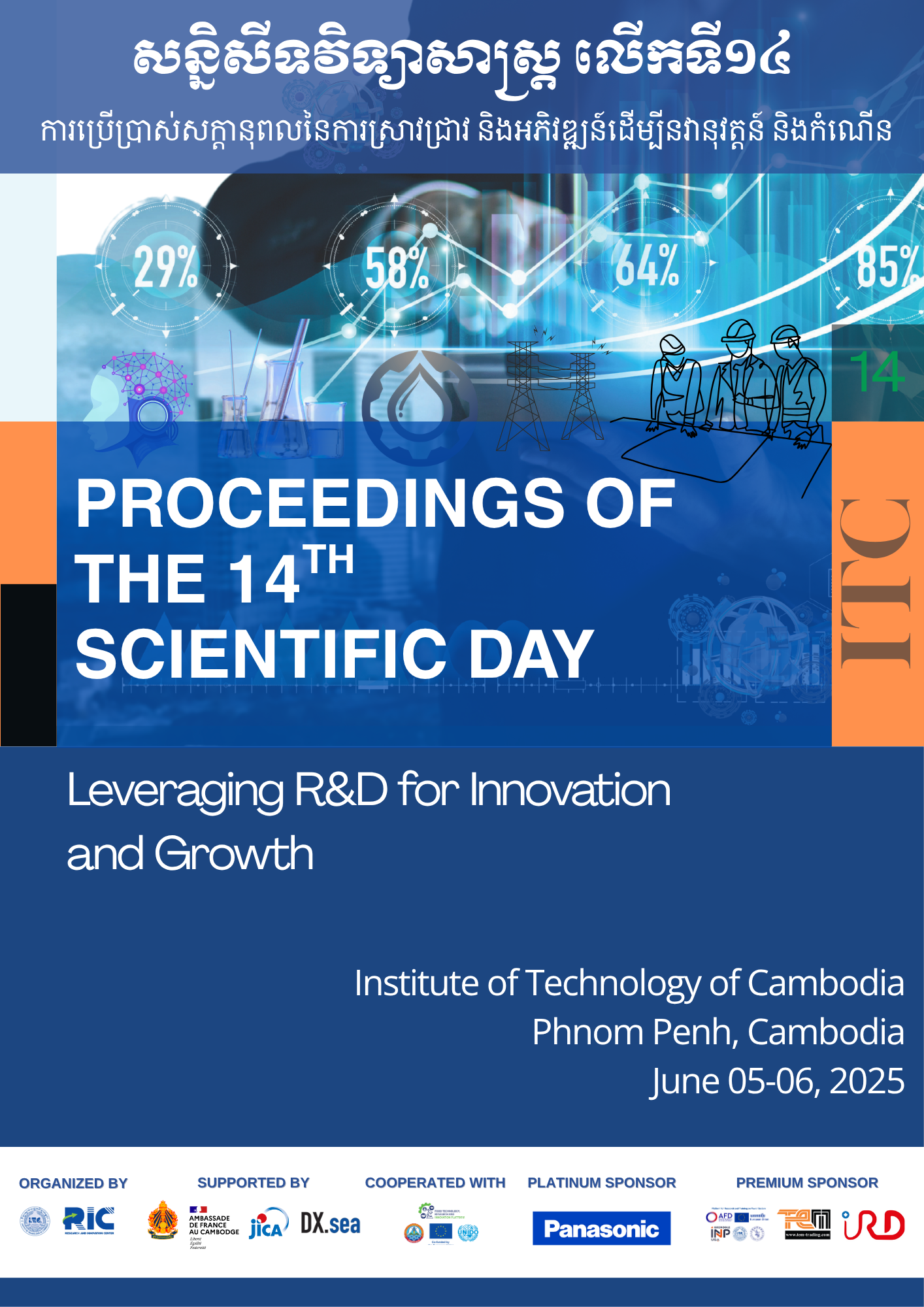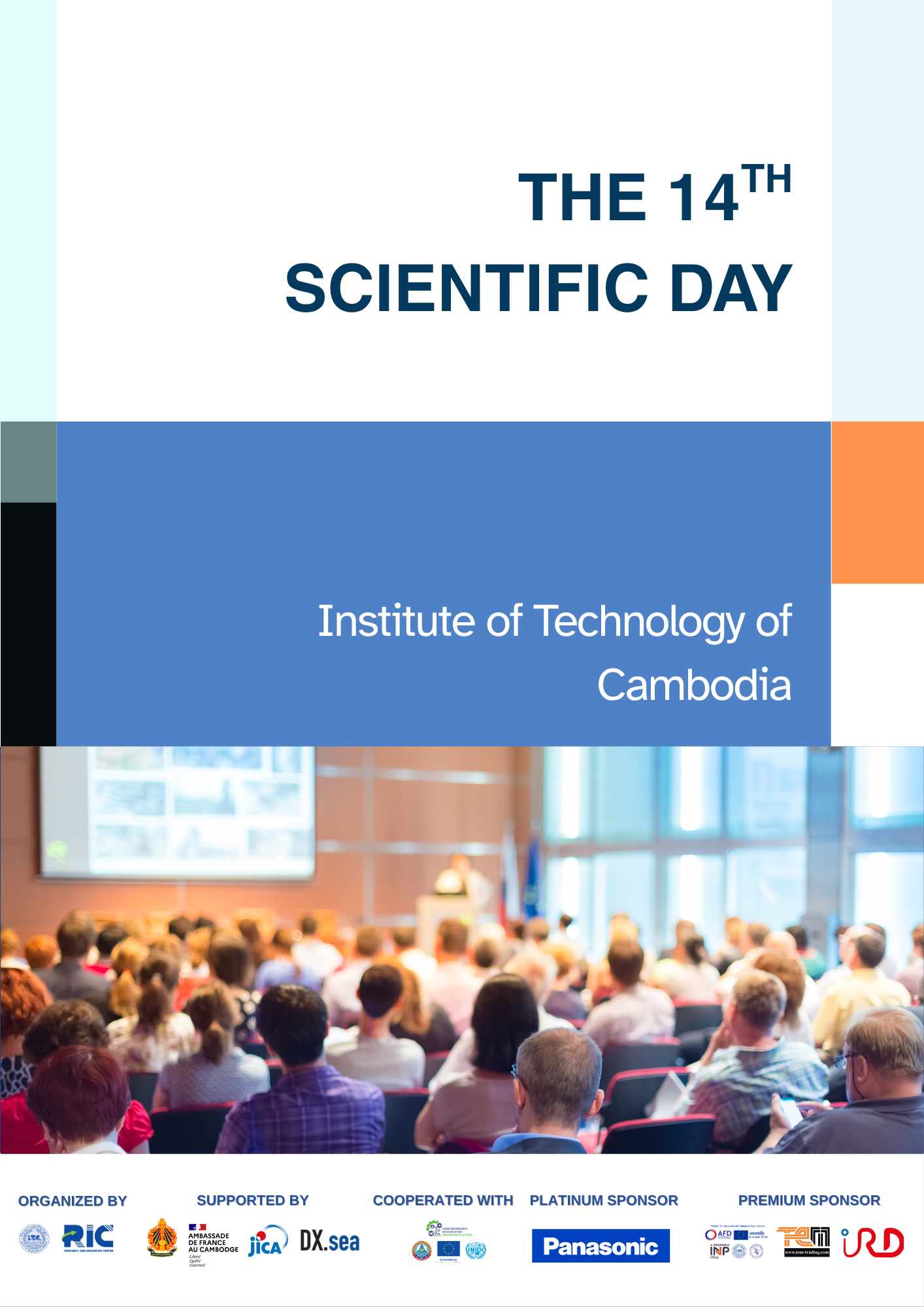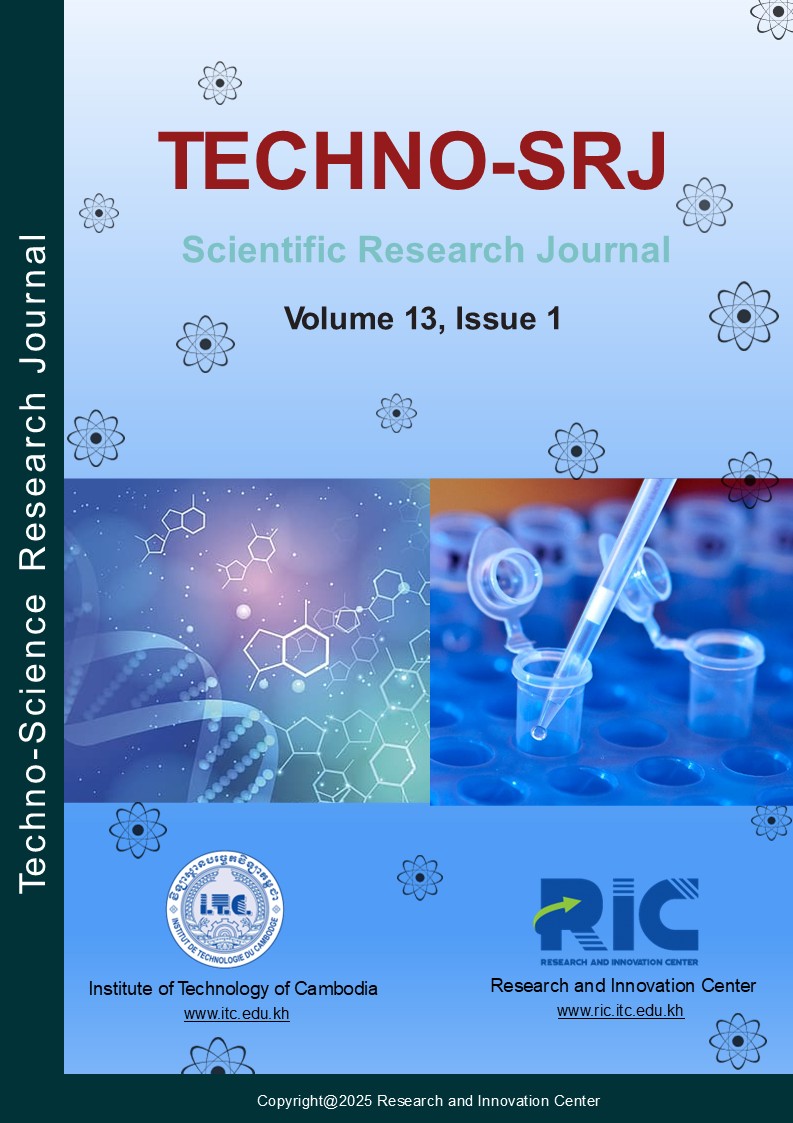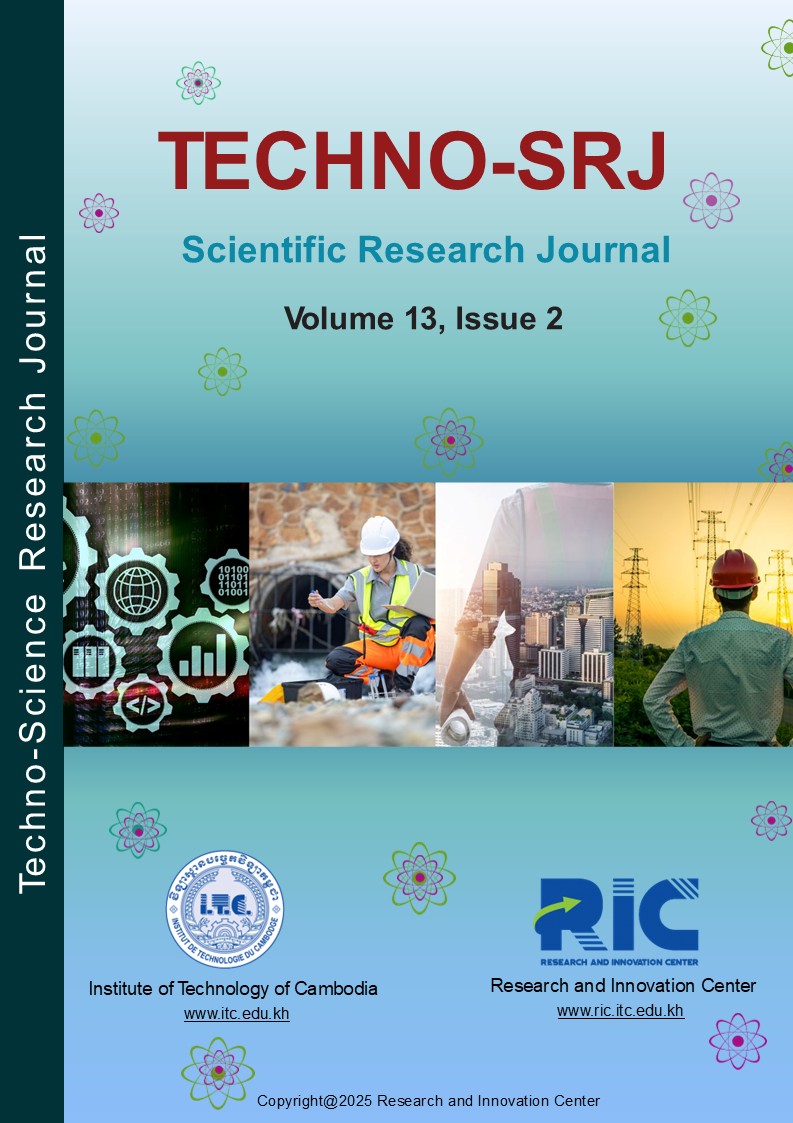Marine water quality can be good or bad depending on the presence or absence of different components. The delicate underwater ecosystem risks collapsing when the chemical run-off contaminates the ocean. Increased levels of chemicals can lead to toxic algal blooms, threatening the safety of marine life. Even minor damage to an ecosystem can have larger repercussions, as the harmonious balance becomes disturbed. Therefore, this study aimed to deter
The 14th Scientific Day was held at ITC as an onsite event on 5–6 June 2025, under the theme “Leveraging R&D for Innovation and Growth”. The event aimed to bring together policymakers, academic and research institutions, and private sector stakeholders from local, regional, and international networks to share and discuss new developments, ideas, breakthroughs, and cutting-edge technologies in engineering and science towards contribution to develo
Oleoresin is a semi-solid mixture of volatile and nonvolatile compounds that can be extracted from plants, herbs, and spices. Red pepper is widely used as a spice in food products and herbal medicine due to the presence of various bioactive substances such as phenolics and flavonoids. The experimental design for oleoresin extraction was done to define the optimum condition that could offer the highest yield of oleoresin. This study aims to optimi
The peel of key lime is regarded as a byproduct that contains a substantial amount of bioactive components, including essential oil. The extraction of essential oils from key lime peel typically involves conventional techniques such as hydro-distillation or solvent extraction, which are known for their time-intensive and energy-intensive. The employing of microwave pretreatment has emerged as a conventional approach in the extraction of essential
Soybean oil extracted from different methods contains impurities and undesirable substances such as soap residues, free fatty acids, phosphatides, trace metals, coloring pigments, and other impurities that negatively impact the soybean oil's quality including testability, appearance, smell, and shelf life. To enhance the quality of soybean oil, the removal of these undesirable substances is commonly carried out through the bleaching process, whic
Rice is one of the most frequently utilized ingredients in extruded snacks and cereals because of its wide availability and high expansion capability. To promote exports of rice, the diversification of value-added goods (processed rice products) is needed for various customers in the global market. Therefore, the objectives of this study were to process the rice cereal by a twin-screw extruder and to evaluate on physicochemical of extruded rice.
Rice is one of the most important crops used in the production of ready-to-cook (RTC) products such as noodles, rice vermicelli, ready-to-eat (RTE) breakfast cereals, and snacks due to its color, bland taste, and good processing properties. Extrusion is one of the most creative food processing methods that have been used for product development. This technique helps to improve the nutritional, functional, and sensory properties of the products. T
This study applied a high-pressure and high-temperature system using water as solvent, to extract the essential oil from kaffir lime peel. In this work, it aimed to determine the effect of temperature and gas such as N2 and CO2, on the yield of essential oils extracted from kaffir lime peel and volatile compounds in the extracted essential oils. The essential oils from kaffir lime peel were extracted using 300 g of sample combined with 300 ml of
Electric vehicles produce zero tailpipe emissions, which can help to improve air quality and reduce greenhouse gas emissions in Cambodia. The Cambodian government has set a target of increasing the share of electric vehicles in the country's fleet to 20% by 2030. To support this goal, the government has introduced a number of incentives for EV owners, such as tax exemptions and reduced import duties. With this policy, the number of charging stati
Seasoning powder is commonly made from different ingredients including salt, sugar, monosodium glutamate, spices and others. The objective of this study aimed to observe the potential changes in physicochemical and microbiological quality of formulated seasoning powder during storage at room temperature for 90 days with sealing and vacuum packed. Dried ingredients such as chili, galangal, garlic, green tamarind, mushroom, onion, river-leaf creepe



